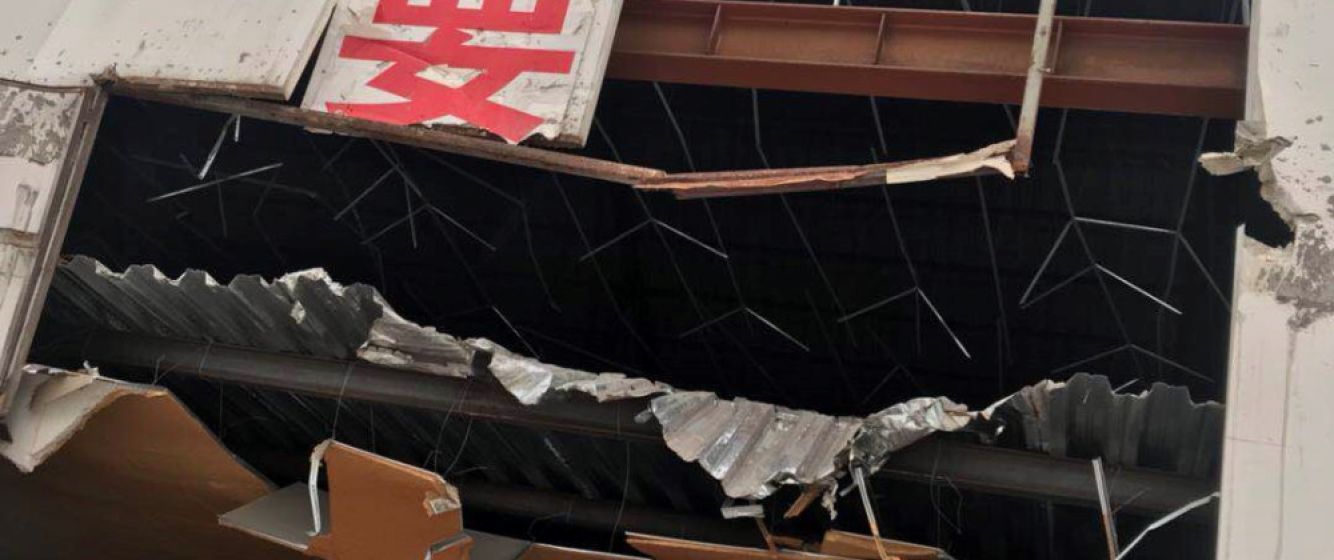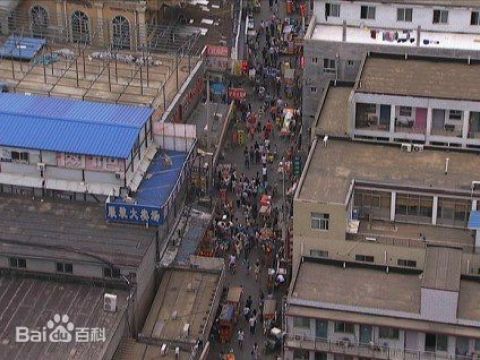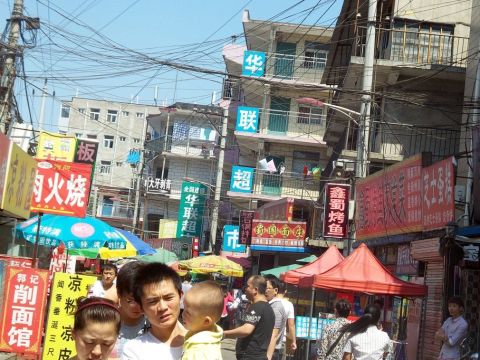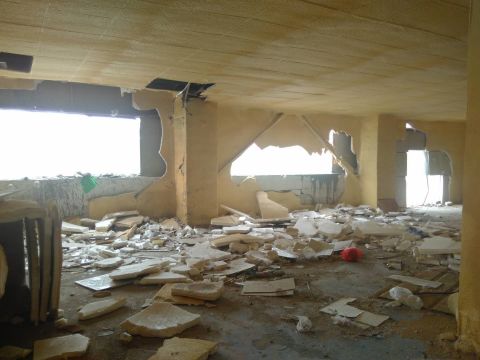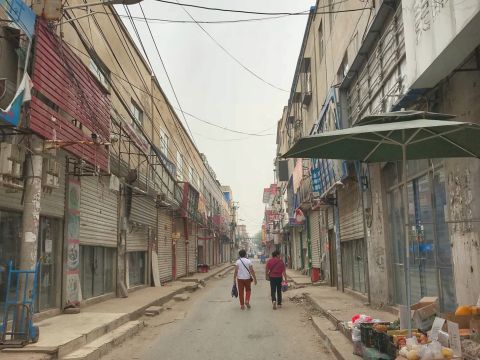After listening to the ‘failure’ presentations on Day One, today's agenda involves visiting two so-called ‘urban villages’ on the city’s outskirts. Most of the village inhabitants are migrant workers whose home towns are thousands of kilometers away from the big cities.
By Xiaolan Lin
26 May 2018, Beijing Relegated to the periphery, migrants have kept China’s economy humming, handling the difficult, dirty and sometimes dangerous work that the city’s permanent residents will not do. Urban industries like construction, domestic work and sanitation are almost completely staffed by migrants. The first village we visit is called Beise Village(北四村), located outside the Northern 5th Ring Road. The village used to be the ‘property’ of farmers, who lived here for centuries. Due to rapid economic and urban development, the farmers have transformed the farmland into more profitable, illegally built apartments to accommodate the increasing numbers of migrant workers. What differentiates this village from the brand-new commercially developed area next door is the lack of maintenance and control. The overloaded, randomly hanging electricity cables pose great potential danger. Many building apartments are very primitive, with three to five floors. The monthly rental fee per room is cheaper in these buildings compared to the ‘legal’ commercial apartments. Low-income migrant workers are able to find their ‘home’ in the city quite easily here. It seems like an organic process of village development in the urban context.
As an observer, I see this village/neighborhood as a miniature of the city itself—vibrant, lively and messy. You can find most facilities to support daily life in the village, such as supermarkets, self-service laundry shops, restaurants, and even graveyards. People who live and work there seem to enjoy their city life. The second village is called Xinjian Village (新建村), on the south side of the city. Unlike the first still-vibrant village of Beise, Xinjian Village, a once-teeming neighborhood of garment factories and migrant dwellings that was the site of a deadly fire, is now half-ghost town, half-disaster zone, its buildings either emptied of life by squads of black-clad police or leveled completely by diggers. Beijing officials have targeted a 15% cut in population of the downtown districts within the next two years. That amounts to a reduction of about two million people, and authorities also plan to demolish 40 million square meters of illegal housing. After the fire accident last year the inhabitants of Xinjian have been ruthlessly evicted, following the state policy. As an observer, I find that it is so unreal to walk on the street with so many empty and broken buildings. I cannot imagine that one year ago, this place was the same kind of neighborhood as the first village. I wonder—where are the inhabitants now? How long will this empty village exist? And which village will be the next victim?
Xiaolan Lin
